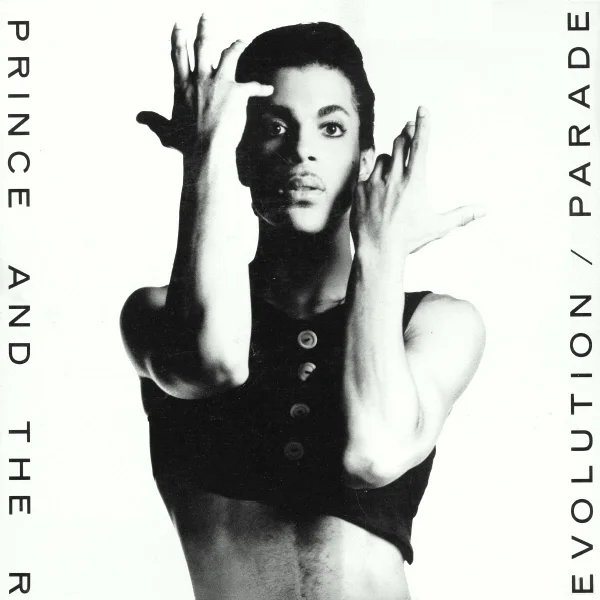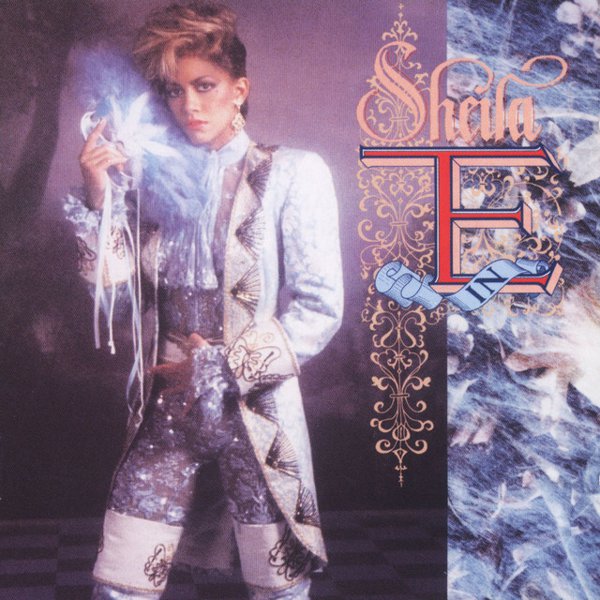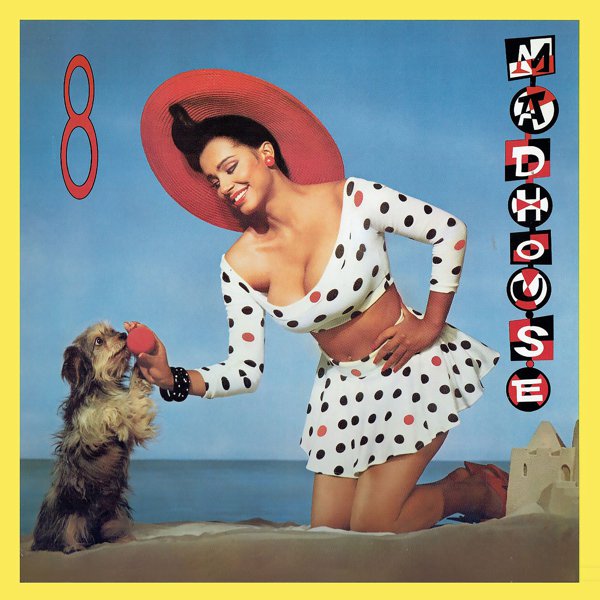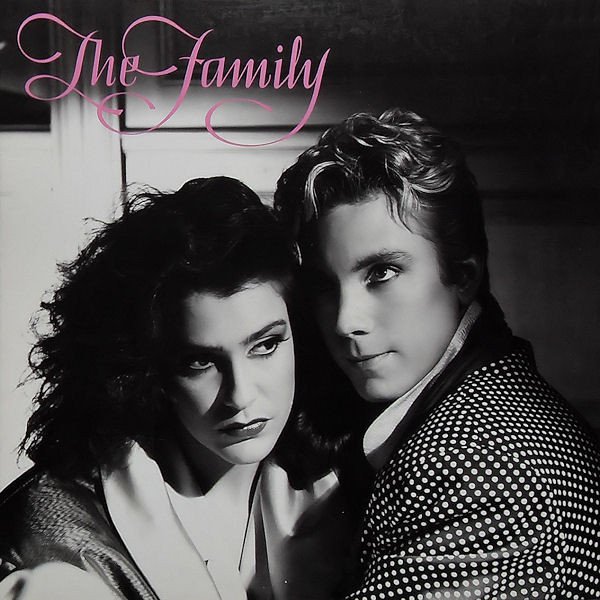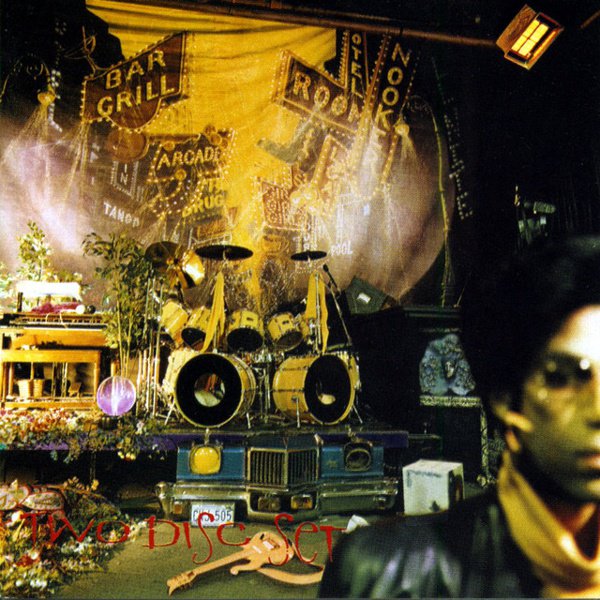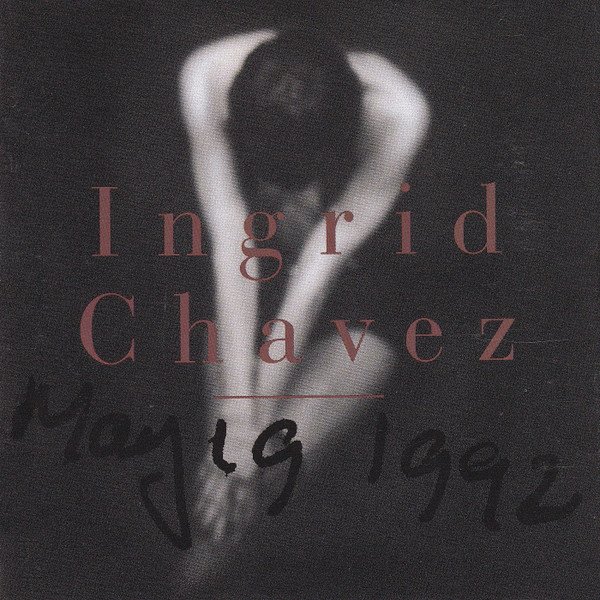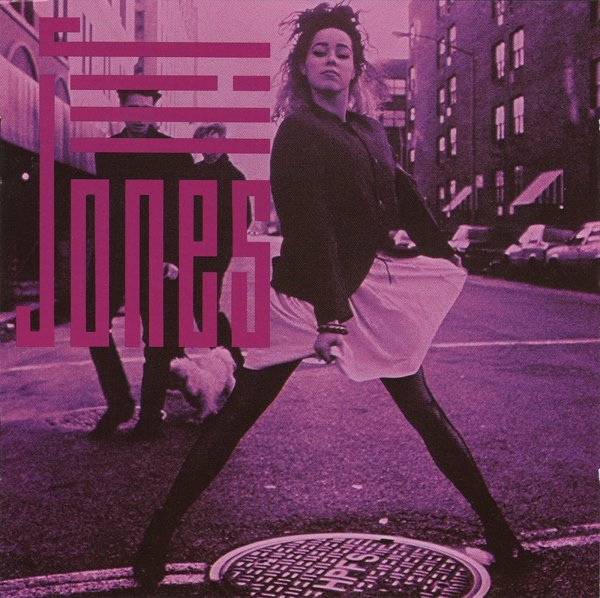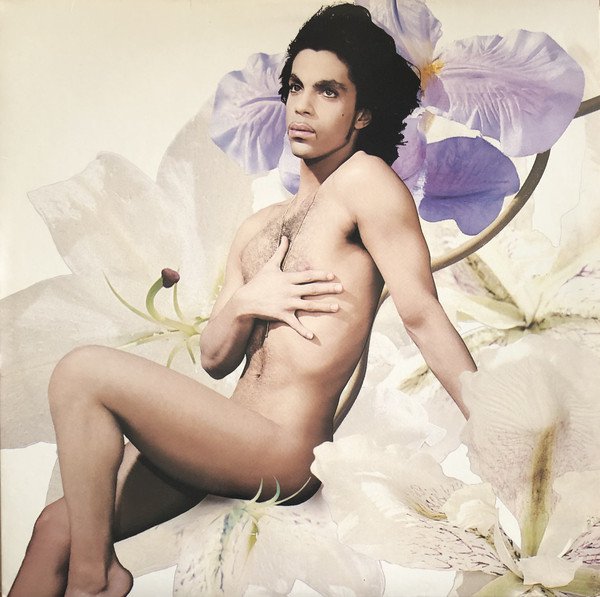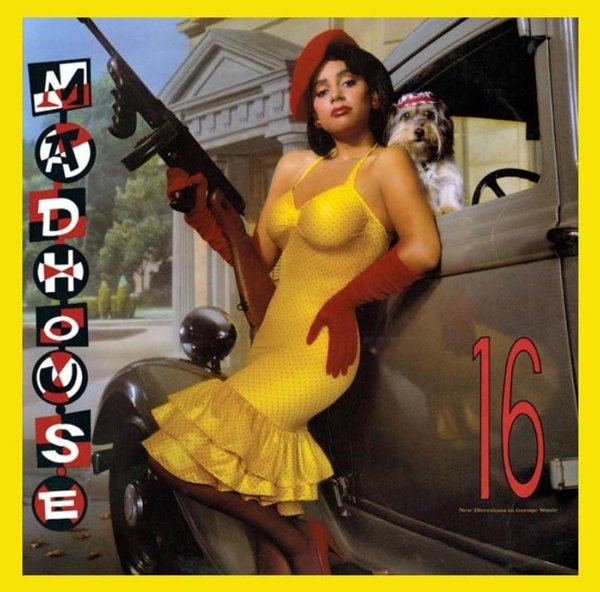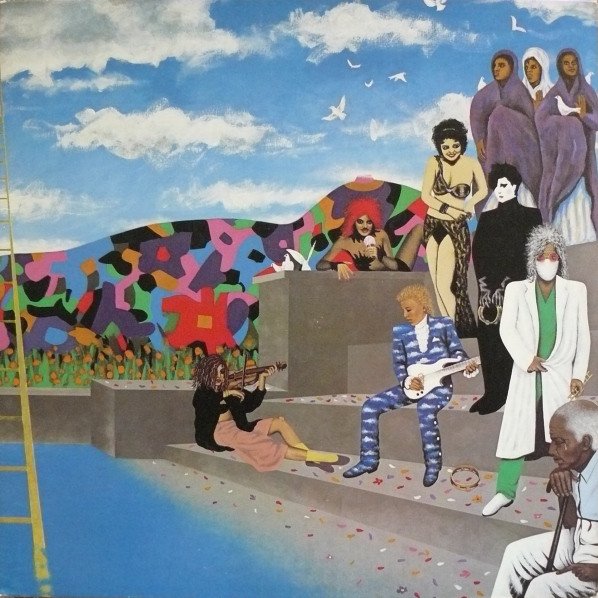From Prince and the Revolution’s Around the World in a Day (1985) to godfather of funk George Clinton’s Hey Man… Smell My Finger (1993), the Warner Bros.-distributed Paisley Park Records label wasn’t known for any unifying sound in particular during its eight years in operation. The Minneapolis Sound (that hybrid of synthpop, funk and new wave pioneered by Prince in the 1980s) characteristic to much of Prince’s earlier music doesn’t typify the 23 albums eventually released on the label from its 22 artists. Paisley Park Records was as quirky, idiosyncratic and eclectic as its founder.
Yet there were still hits. Prince aside, the label scored seven Top 20 hits on the Billboard R&B Chart, three of which cracked Billboard’s pop Top 20: Sheila E.’s “A Love Bizarre” (# 11), The Time’s “Jerk Out” (# 11) and “Round and Round” (# 12) by Tevin Campbell. Prince himself was responsible for eight multiplatinum albums on the label, 17 Top 40 pop singles and 24 R&B Chart hits. That includes two number one singles (“Kiss,” “Cream”) and one number one album (Around the World in a Day).
The precursor to Paisley Park was Prince’s pseudonymous production vehicle The Starr ★ Company (or Jamie Starr). After four years under contract with Warner Bros., Prince brought The Time to the label—the funky R&B outfit fronted by his former high school bandmate, drummer Morris Day. In ’81, the group’s self-titled debut album was released, with production accredited to Starr. By August ’82, both The Time’s What Time Is It? and the self-titled debut of Vanity 6 (led by Prince’s girlfriend, Denise Matthews/Vanity) arrived in record stores as produced by The Starr Company. Subsequent albums by The Time (Ice Cream Castle), Sheila E. (The Glamorous Life) and the self-titled debut of Apollonia 6 all bore the same imprimatur.
Paisley Park Records started out much the same way, with 1985 albums by Sheila E. (the gold-selling Romance 1600, featuring the hit Prince duet “A Love Bizarre”) and The Family. The label was named for “Paisley Park,” a psychedelic funk track from Around the World in a Day that also serves as the namesake of Prince’s newly constructed $10 million studio in suburban Chanhassen, Minnesota.
Early Paisley Park albums by protégé acts The Family, Sheila E. and Jill Jones were all produced, written and performed by Prince himself with minor exceptions. (Stellar percussionist Sheila E. played her own drums.) Madhouse—a jazz project featuring saxophonist Eric Leeds and Prince on every other instrument—also released two albums, yielding the Top 10 R&B instrumental “Six.” These were, perhaps unsurprisingly, the strongest of the label’s releases: The Family (with its Top 10 R&B single, “The Screams of Passion”), Madhouse’s 8 and 16, Sheila E.’s Romance 1600 and Sheila E., and Jill Jones.
A replacement band pieced together to replace The Time after Morris Day left to pursue a solo career, The Family consisted of singer Paul Peterson, sax player Eric Leeds, drummer Jellybean Johnson, singer Susannah Melvoin and the stalwart Time valet, Jerome Benton. As Paisley Park’s first non-Prince release, The Family is significant for three reasons. One, the record began Prince’s collaborations with the late arranger Clare Fischer, whose drama-filled, cinematic orchestral sweeps would go on to grace future Prince projects. Two, the album contains Prince’s original “Nothing Compares 2 U,” a number one Hot 100 hit for Sinéad O’Connor five years later. Lastly, the album introduced live horns into Prince’s work, courtesy of Eric Leeds.
In March 1986, Paisley Park dropped Mazarati—its first release not secretly produced, written and performed mostly by Prince himself. Though Prince gifted the funk-rock septet “100 MPH” (a Top 20 R&B hit) and rewrote lyrics to two of the album’s eight songs (“Strawberry Lover,” “I Guess It’s All Over”), the rest of the record showcased the writing and production skills of Prince’s bassist from the Revolution, Brown Mark.
Lead singer Casey Terry and the whole Mazarati outfit resembled an R&B twist on the glam-metal group Cinderella: heavy makeup, costume pearls and colorful floral-print pantsuits—a look designed by Prince himself. Prince presented only three songs for the album: “100 MPH,” “Jerk Out” (rejected, it later became a hit for The Time) and “Kiss,” which was ultimately pulled. In its original form, “Kiss” had more of a folk-blues feeling, far from the funk tune it became. Brown Mark and engineer David Z radically changed its arrangement, adding the Mazarati background vocals that remained on the final version and turning it into such a great song that Prince kept it for his own album, Parade. “Kiss” became a Grammy winner for Prince and the Revolution, climbing to number one on the pop chart. The Mazarati album never rose beyond #133.
In the label’s next phase, Paisley Park artists came complete with their own identities, with perhaps one album contribution from Prince. For her 1987 self-titled debut, singer Taja Sevelle received “Wouldn’t You Love to Love Me,” an old 1978 Prince composition rejected for Michael Jackson’s Bad album. (Radio was much friendlier to Taja Sevelle’s lead single, “Love Is Contagious.”) Dale Bozzio, former lead singer of the new-wave rock band Missing Persons, recorded Prince’s “So Strong” on her 1988 solo album Riot in English, but “Simon Simon” was the Top 40 dance hit from the album.
Also in 1988, Los Angeles “paisley underground” band The Three O’Clock—contemporaries of The Dream Syndicate and The Bangles—signed with Paisley Park for their fourth and final album, Vermillion. The underground rock quartet failed to build any traction on the charts though, despite the Prince-penned single “Neon Telephone.” Milli Vanilli-esque sibling duo Good Question released a washout self-titled album without any Prince tunes that year as well, though the since forgotten single “Got a New Love” worked its way to number one on the Hot Dance Music/Club Play chart.
The more promising singer-songwriter Tony LeMans, whose musical aesthetic was most similar to Prince’s out of everyone on the label, dropped a self-titled debut full of funk, pop and soul in 1989. LeMans’s short-lived career ended in a fatal motorcycle accident in 1992. His wedding with Vanity’s sister, DeBorah Matthews, had been planned for the following day. (LeMans gets co-songwriting credit on “Good Morning,” from Lenny Kravitz’s 2008 It Is Time for a Love Revolution.)
Paisley Park’s final phase involved the signing of veteran artists George Clinton and Mavis Staples in 1989. But their albums—Clinton’s The Cinderella Theory and Staples’ Time Waits for No One—failed to find an audience. A flirtation with Bonnie Raitt ended with her signing to Capitol Records instead, later earning an Album of the Year Grammy for Nick of Time. Out of touch hip-hop releases from Minneapolis rapper T.C. Ellis and Prince paramour Carmen Electra came and went in 1991 and 1993, respectively. Mexican-American poet Ingrid Chavez released May 19, 1992 with none of the success of Madonna’s “Justify My Love,” which Chavez had co-written with Lenny Kravitz.
The Artist Formerly Known as Prince phase of his career started in 1993, as Prince changed his name to an unpronounceable symbol as a way out of his Warner Bros. contract. The parent label shuttered its distribution deal with Paisley Park Records in 1994, after two failed jazz efforts from saxophonist Eric Leeds and sophomore releases by George Clinton and Mavis Staples. From 1985 to 1993, none of the Paisley Park artists even went platinum. But in those eight years, the label’s currently out of print albums became beloved favorites of the hardest of the hardcore Prince fans.

